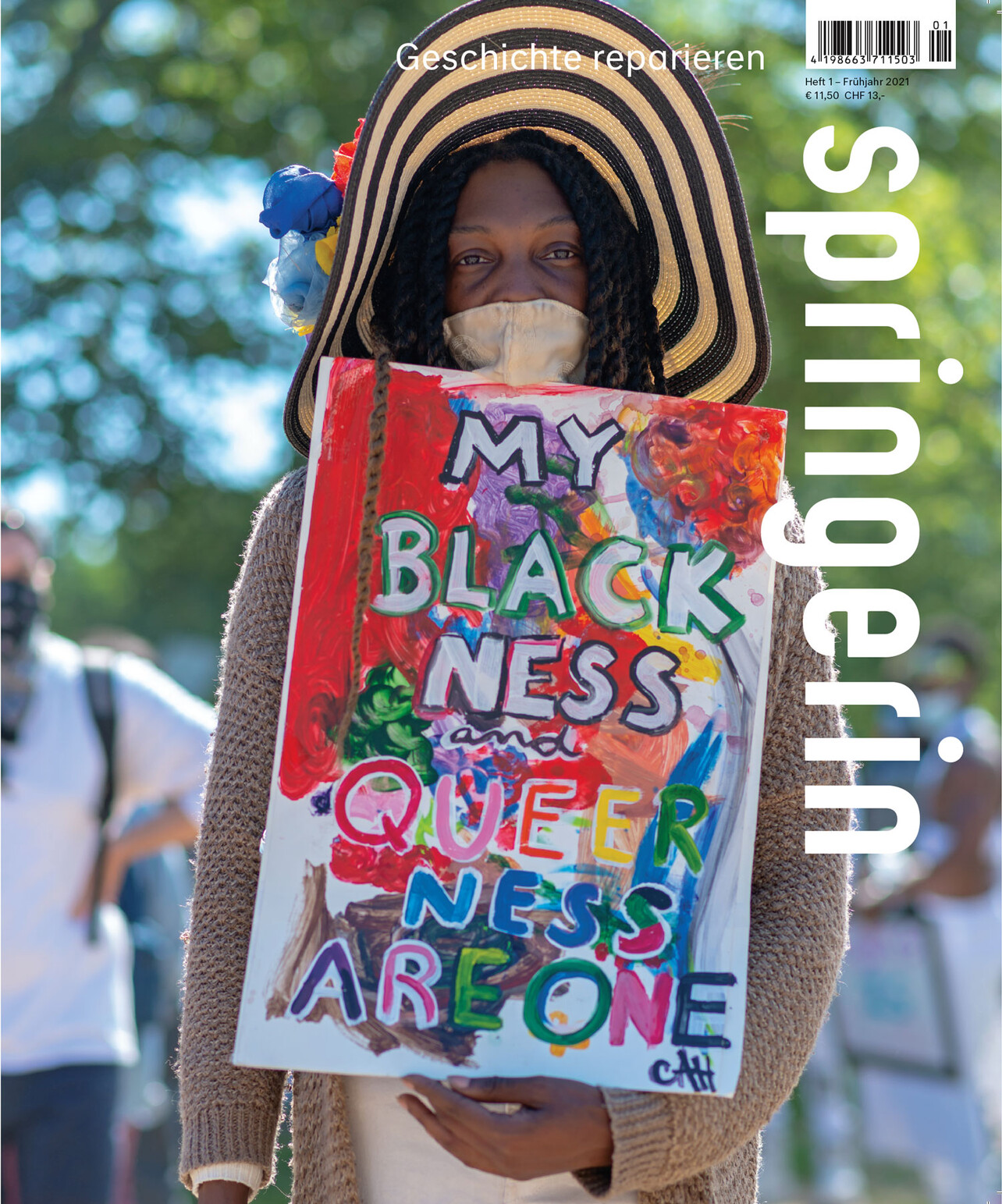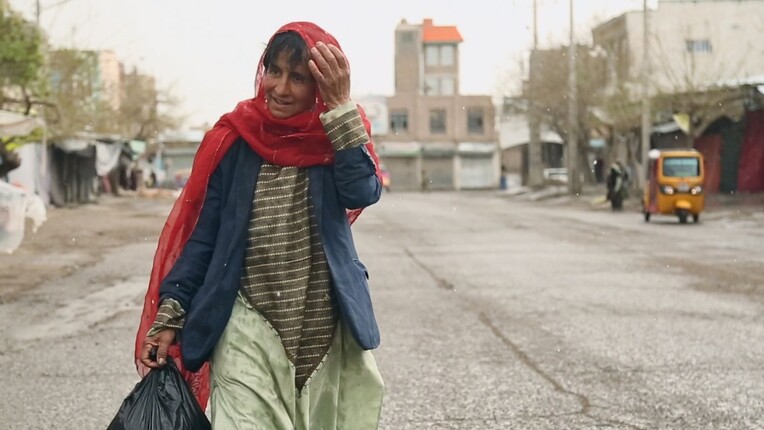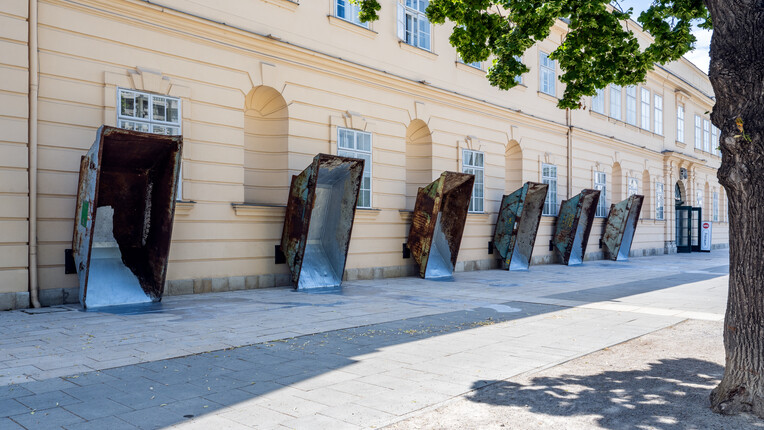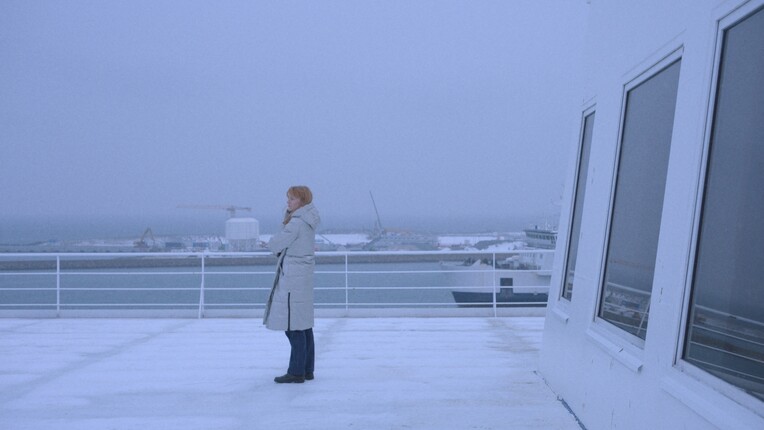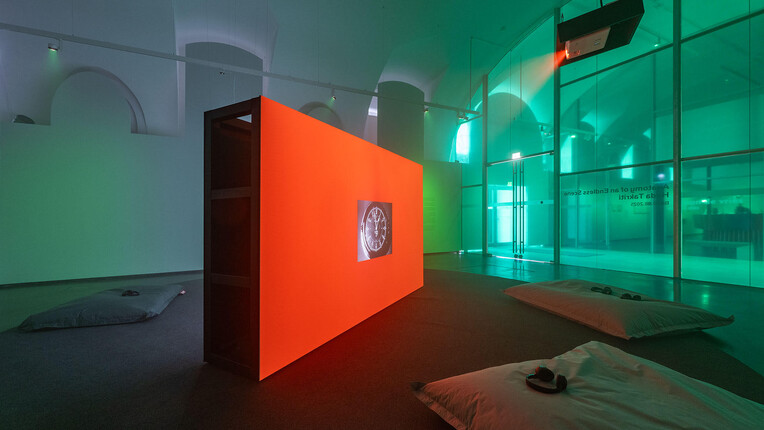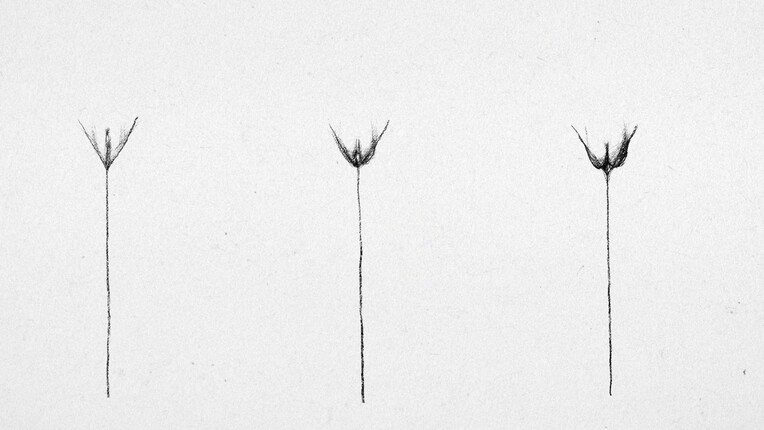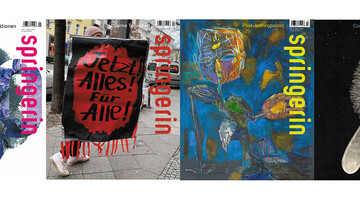
springerin
Hefte für Gegenwartskunst
Q21 Backstage: The editorial office of springerin is located in the MQ main entrance in the mezzanine. The magazine for criticism and theory of contemporary culture is published four times a year.
springerin is a magazine for criticism and theory on contemporary culture and is conceived for a readership that perceives culture as a social and political phenomenon. The magazine provides information on current events and trends in the arts business and describes their conditions and meanings.
Who are you?
The editorial office at Q21 is run by Christa Benzer, Christian Höller, Hedwig Saxenhuber and Georg Schöllhammer. We release the art magazine springerin-Hefte für Gegenwartskunst four times a year.
Since when have you been at Q21?
We have been here since 2004. Even before the reconstruction of MuseumsQuartier, the editorial office had been housed at the former royal stables (Hofstallungen) – in a little office at the Fürstenhof.
springerin means…?
springerin means profound exploration of urgent topics. The last issue, ‘Repairing History’, focused on current attempts at correcting historical injustice – from the Black Lives Matter movement, to the different approaches to historically disputed monuments, to questions of restitution.
Critique of contemporary culture is important…
…because art and culture deal with what is considered important by society.
What challenges do you face?
We do not want to only have an online presence, but to publish a printed magazine - in times of accelerated digital transformation: a magazine you should be able to touch, to flick through, and to put in your bookshelf at home.
What is contemporary culture lacking?
Money, influence, appreciation.
It is important to springerin that…?
…that cultural life can start over again after this long, forced break.
www.springerin.at
Facebook: @springerin – Hefte für Gegenwartskunst
Instagram: @springerin_magazin
Next issue: springerin 2/21 – Things That Divide Us
Date of publication: June 15, 2021
Sometimes things become proxies for essential assumptions about “the others” in the rhetoric of inclusion and exclusion. It is exactly this rhetoric which accompanies the current shifts and distortions of ecology and economies, an increasingly nationalistic identity politics, and technological upheavals that are the consequence of changes in our life-worlds which are threatening to tear European societies apart. The 2/2021 issue, produced in connection to "Things we suspect of each other" which is jointly realized by Badischer Kunstverein and tranzit.at, reflects on such objects that recount political and cultural projections and counter-projections in Europe: things that—depending on who interprets them, claims them as their own, or declaims them in modes that run counter to their purported meaning—bear different, often contradictory attributions of identity, are laden with multiple semantic charges and take on almost opposing meanings, despite being the same.
Whether in the form of everyday objects or works of art, political symbols and cryptograms, gestures, melodies, plants or articles of clothing, we are confronted with “shapeshifters” that are never incorporated into merely one interpretative frame but instead constantly change their meanings. Yet what enables an object to represent a particular cultural nexus and what does its materiality betray? How and to what extent do discourse and classification of this materiality color our perception? Do these objects perhaps have the potential to act as antagonistic yet also mediating and reconciliatory tools in the dialogue between diverse social and cultural constellations in Europe? Through the prism of artistic and reflective case studies, this issue renders visible the problematic and conflict-laden position of such “things”, while at the same time exploring the transformative potential of a history that is sealed and embodied within objects. The alien, disturbing or uncanny, the unconscious, the contradictory space occupied by “things that divide us” thus become tangible; the intent is to destabilize truth and fiction in order to open up a space within which to negotiate new modes of coexistence.
